If it ain't broke, don't fix it: Jonas Vingegaard spotted aboard all-new Cervélo S5 at the Dauphiné
It’s the familiar story of aero tweaks up front, but without any of the common weight savings at the rear, at least from a visual standpoint
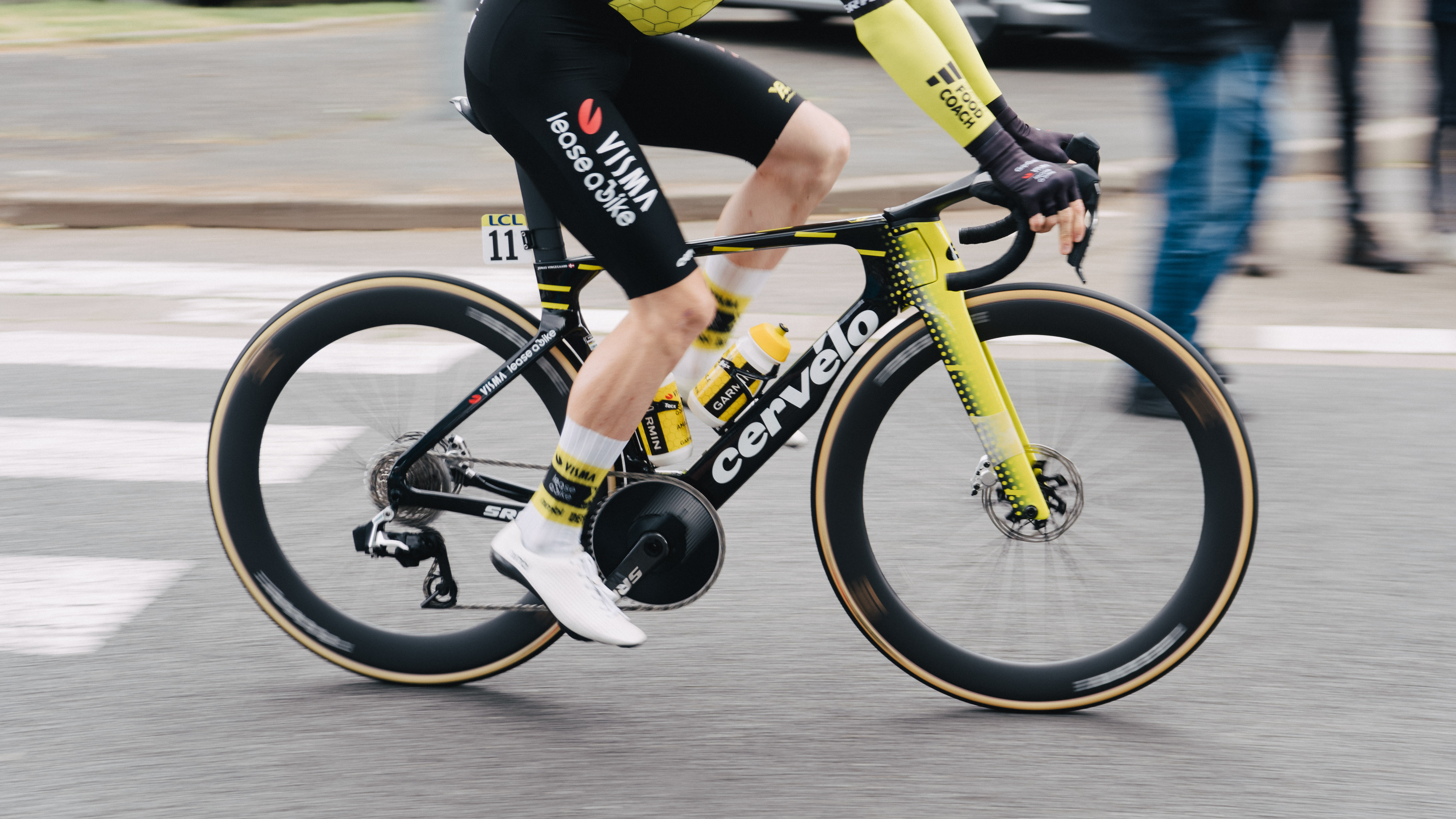
The Critérium du Dauphiné has become the race in recent years to spot new bikes ahead of the Tour de France. Teams, on the whole, are unwilling to test brand-new equipment at the Tour itself, while sponsors want maximum exposure with launches at the biggest race of the year. As such, we get the annual festival of press officers being coy about what is clearly new equipment.
Coming into the race with one of the favourites, both for the Dauphiné and the Tour in the form of Jonas Vingegaard, Visma-Lease a Bike have been spotted aboard a new Cervélo S5 in training for several weeks.
You’d be forgiven for not noticing, though, as to the untrained eye it looks… well, it looks basically the same as the old one. There are some changes to the front end, but from the headtube backwards it looks nigh on identical.

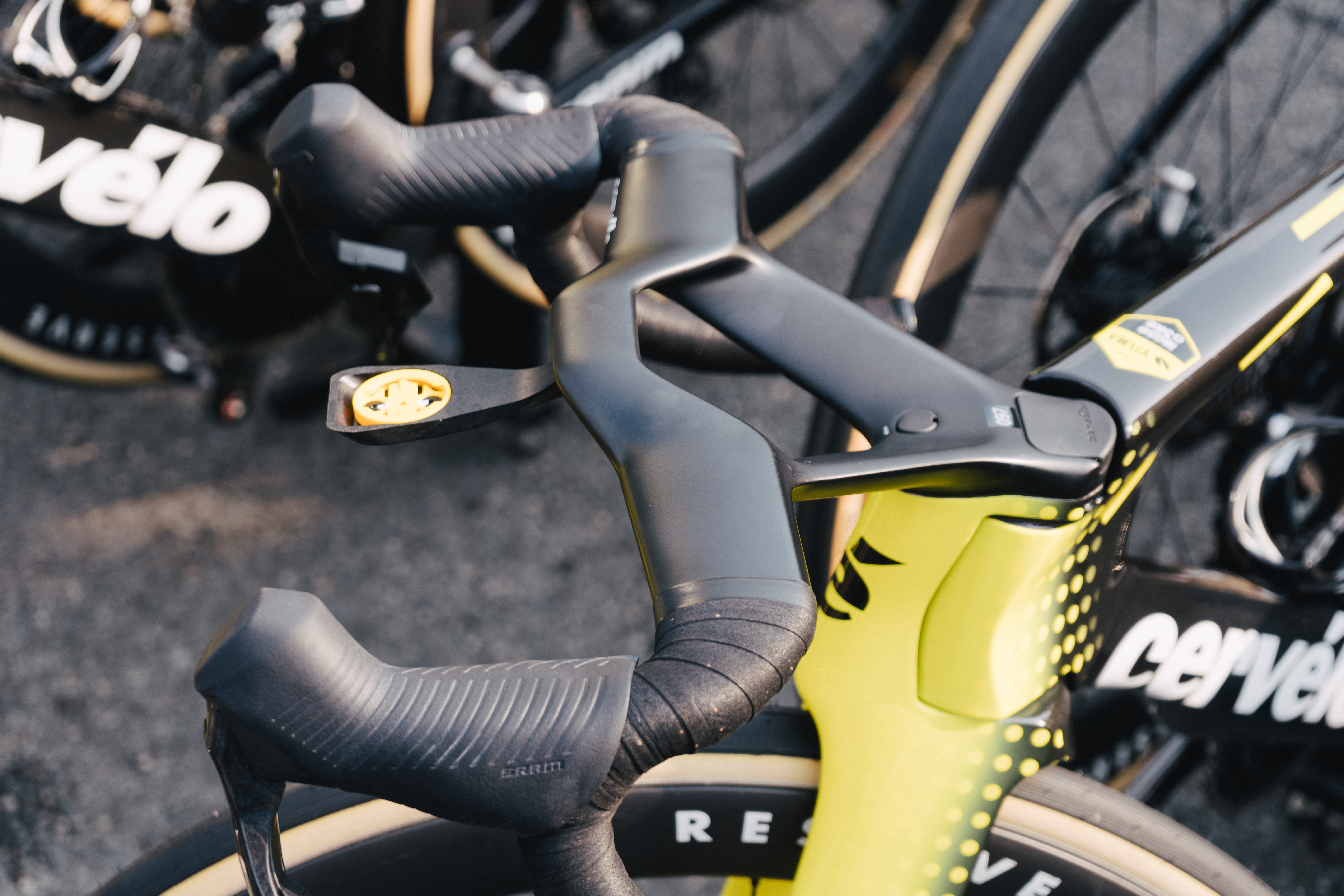
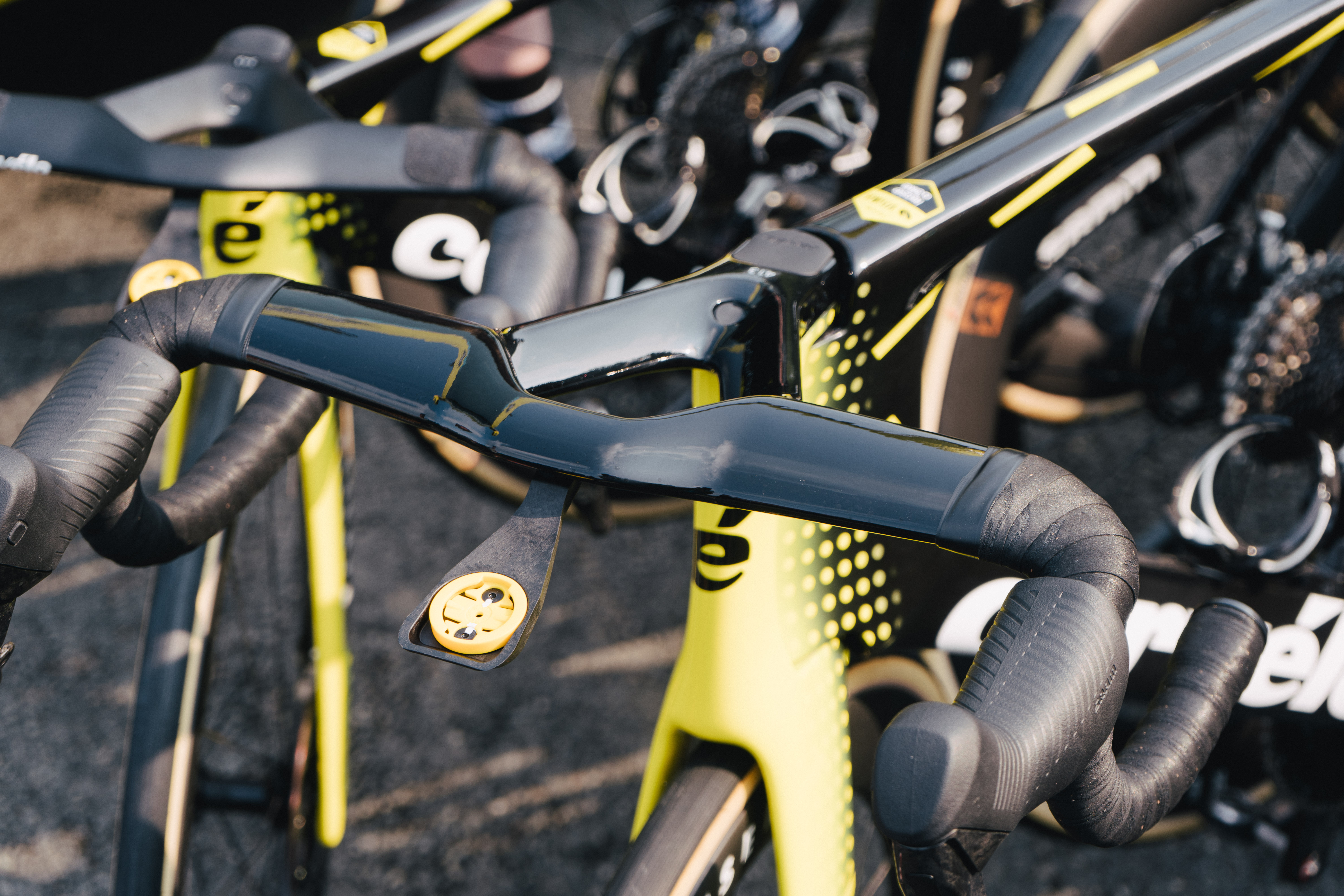
The new front end
On the bike itself, the main changes have taken place on the fork. As the S5 has a bayonet fork, whereby the fork continues in front of the head tube of the frame (basically a hinge design), the whole fork has been made deeper, including the bit in front of the head tube.
The ‘speed sniffer’, a phrase coined upon the introduction of the new Specialized Tarmac SL8 to describe a headtube that protrudes forward to create a deeper total headtube is nothing new - in actual fact Pinarello has been doing this for a number of years but without a catchy name - but this is the first time we’ve seen it on a Cervélo. The part of the fork hinge in front of the head tube is deeper and is sculpted into the fork legs in a relatively gradual way.
The fork legs themselves are also deeper, and looking at the position of the thru-axle, the extra depth has been added both to the front and the rear of the fork legs. Looking at the tube shapes from the Ridley Noah Fast 3.0 I tested earlier in the year, it looks like the Cervélo S5 is now also butting up against the latest iteration of the UCI rules on tube shapes.
The head tube of the frame itself doesn’t look a great deal deeper, but the effective extra depth at the front of the bike, thanks to the fork, is noticeably so. Given that the leading edges of the bike are the most important aerodynamically, there is good reason to make this part of the bike as deep as possible.
The latest race content, interviews, features, reviews and expert buying guides, direct to your inbox!
The rear of the bike looks the same. I wish I could give you more interesting news, but from what we know from our own aero testing - that being that at 0º yaw (the angle at which the wind hits the bike/rider) the current S5 is the most aero bike on the market - and the fact that aero gains are much harder to win at the back end of the bike I can see why the engineers would make little to no changes to a platform that is already very fast.
Tyre clearance appears unchanged, and the current S5 is still about on the money when it comes to having 34mm clearance. We only see Visma going this large for Paris-Roubaix anyway, so it seems unlikely that the bike that’s basically tailor-made for the team will switch this up for no good reason.
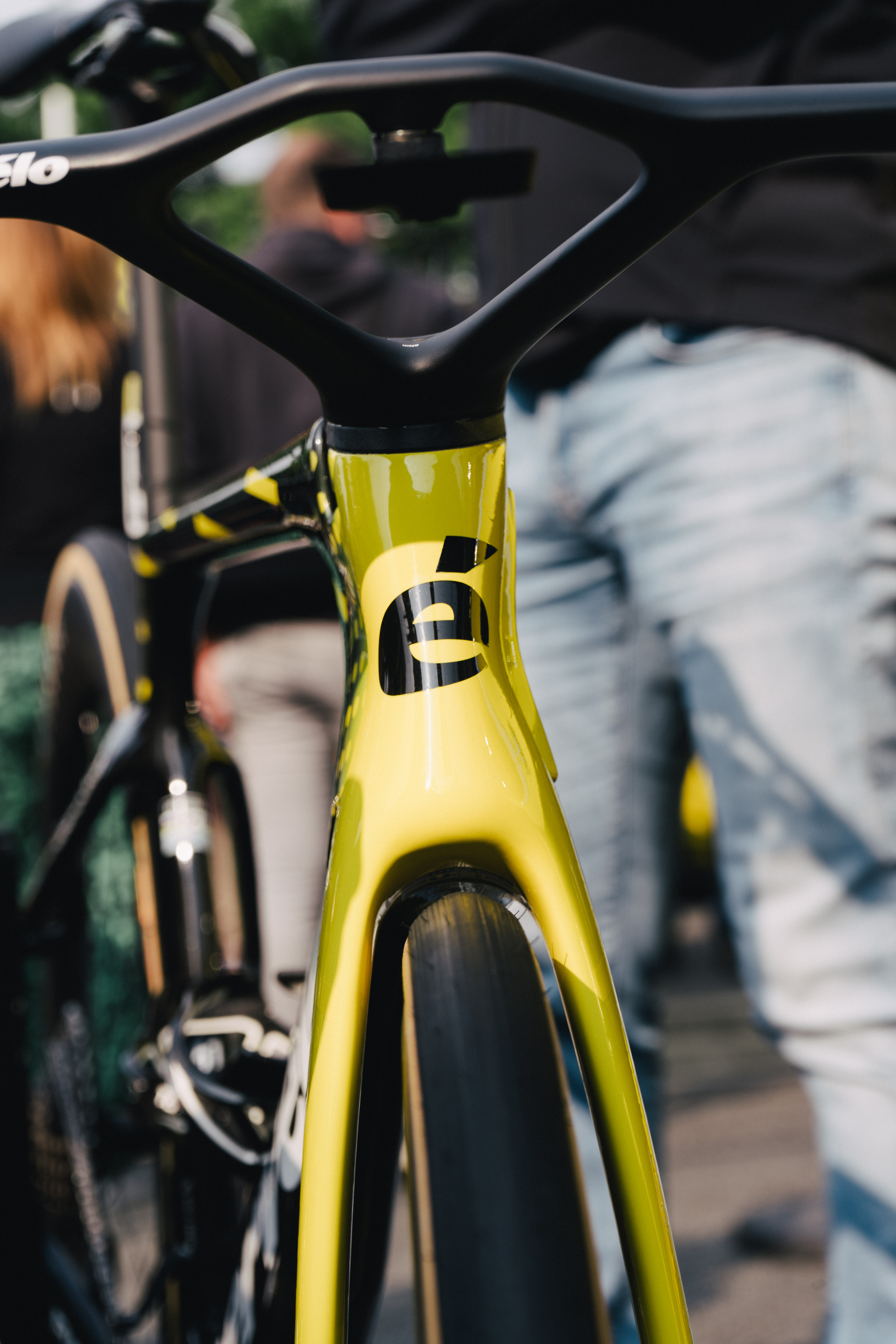

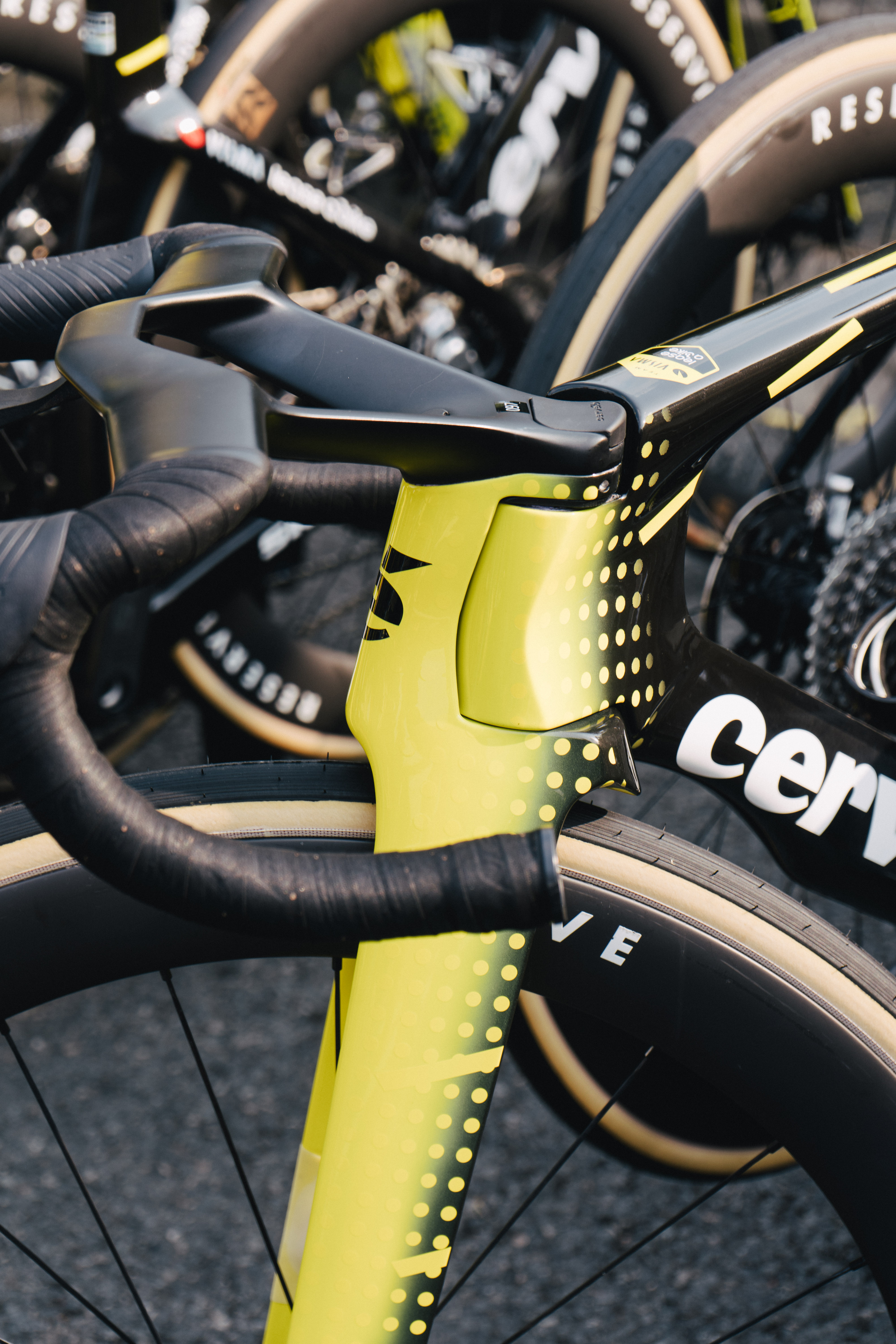
A new, backwards compatible cockpit
What we spotted from the various spy shots is basically the case from seeing the bike with my own two eyes. Gone is the two-piece system, where the Y-shaped stem and the bars were bolted together at the apex of each strut and in its place comes a single, slightly more slender one-piece arrangement.
We have, in other spy shots, seen that this new bar is backwards compatible; Vingegaard was seen riding the bars mounted to an old (current) S5 in training. This may have been an effort to get used to the feel of the new cockpit, an attempt to make the older fleet of bikes slightly more aero, or both.
In any case, the new bar looks quite similar. There is still the same central bridge between the struts, in contrast to the Y-shaped bars of the Colnago Y1Rs, but the bridge is much slimmer, and angles forwards in its own speed sniffer-y way.
What I have been unable to discern thus far – though once more information comes to light, I will update it here – is the available bar widths. The current HB14 bars bottomed out at 38cm, which is out of step with the modern trend for narrow, and even quite flared bars on the road.
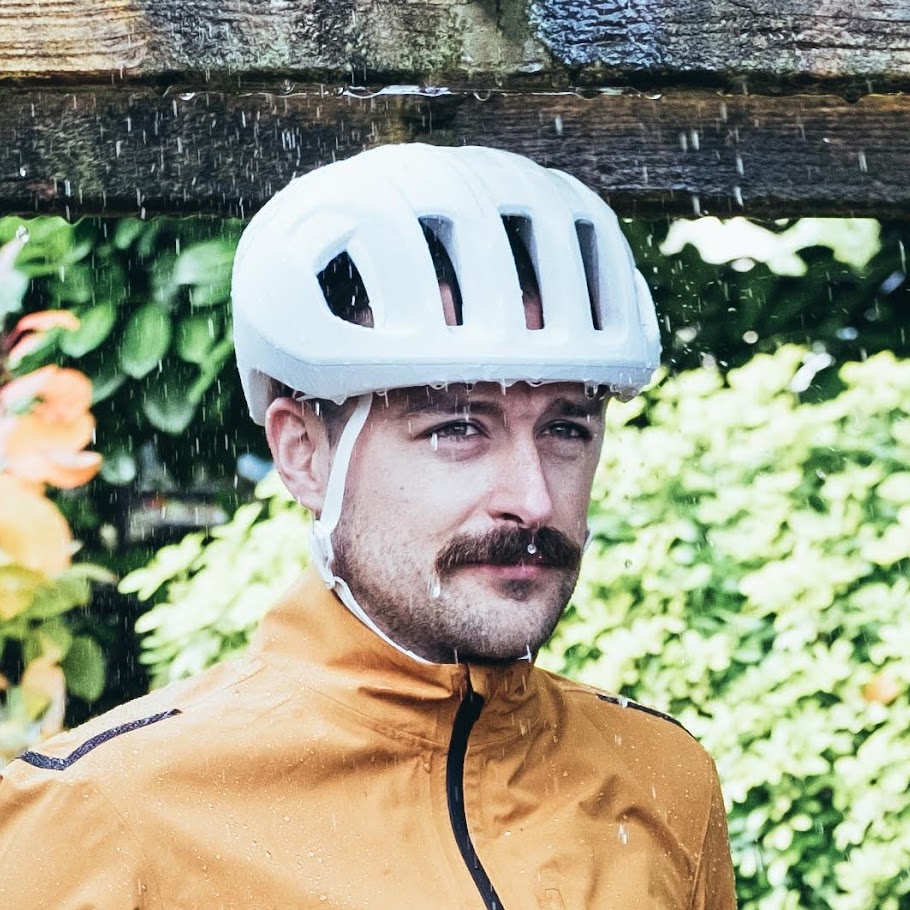
Will joined the Cyclingnews team as a reviews writer in 2022, having previously written for Cyclist, BikeRadar and Advntr. He’s tried his hand at most cycling disciplines, from the standard mix of road, gravel, and mountain bike, to the more unusual like bike polo and tracklocross. He’s made his own bike frames, covered tech news from the biggest races on the planet, and published countless premium galleries thanks to his excellent photographic eye. Also, given he doesn’t ever ride indoors he’s become a real expert on foul-weather riding gear. His collection of bikes is a real smorgasbord, with everything from vintage-style steel tourers through to superlight flat bar hill climb machines.
You must confirm your public display name before commenting
Please logout and then login again, you will then be prompted to enter your display name.
